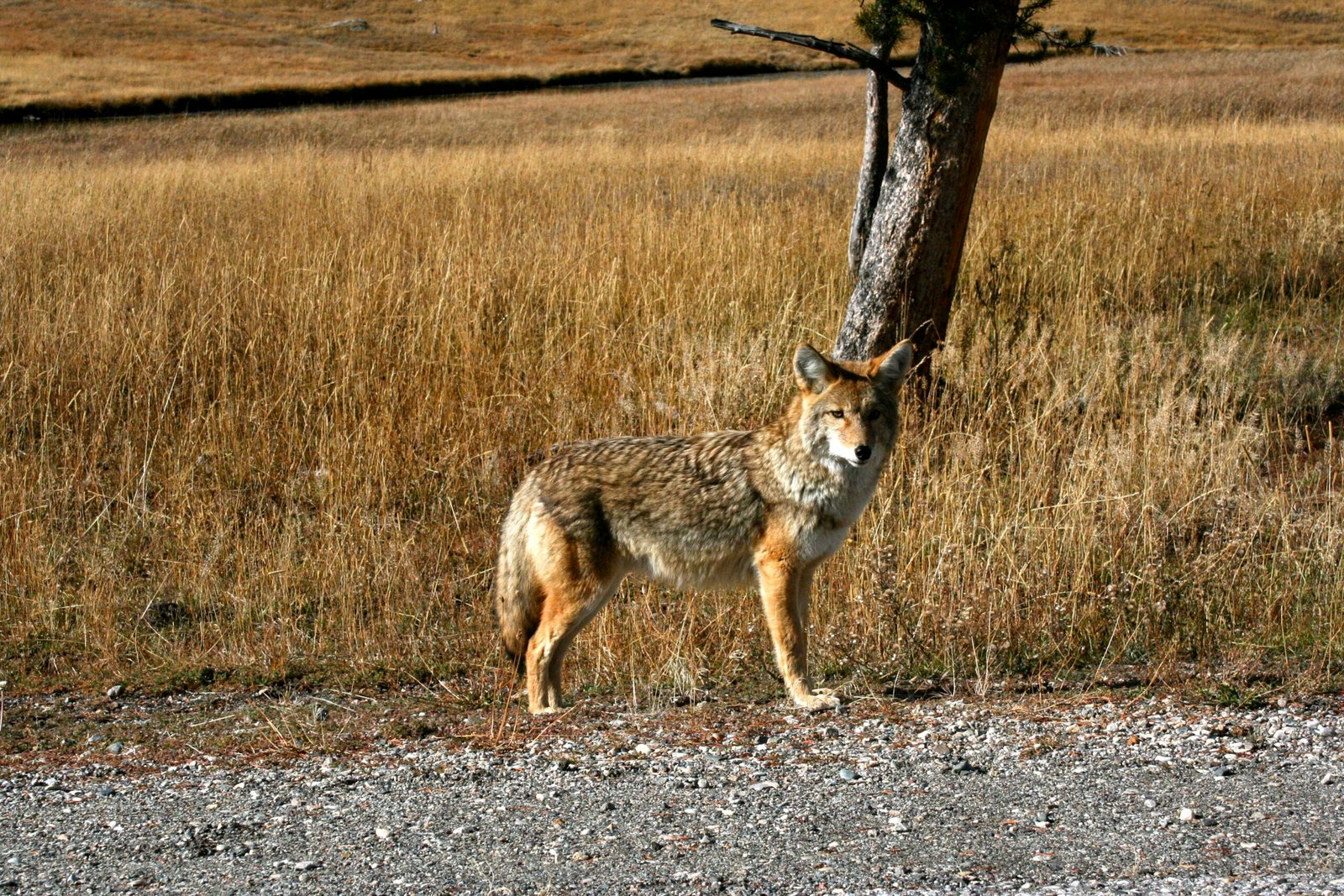Yellowstone National Park is a marvel of nature, a place where the wild roams free and the ecosystem thrives in harmony. Among its many inhabitants, coyotes play a significant role in shaping the landscape. Their presence in the Northern Range of Yellowstone is a fascinating tale of predator-prey dynamics and ecological balance. This article explores how these cunning creatures are influencing the environment and other species within this iconic park.
The Role of Coyotes as Predators
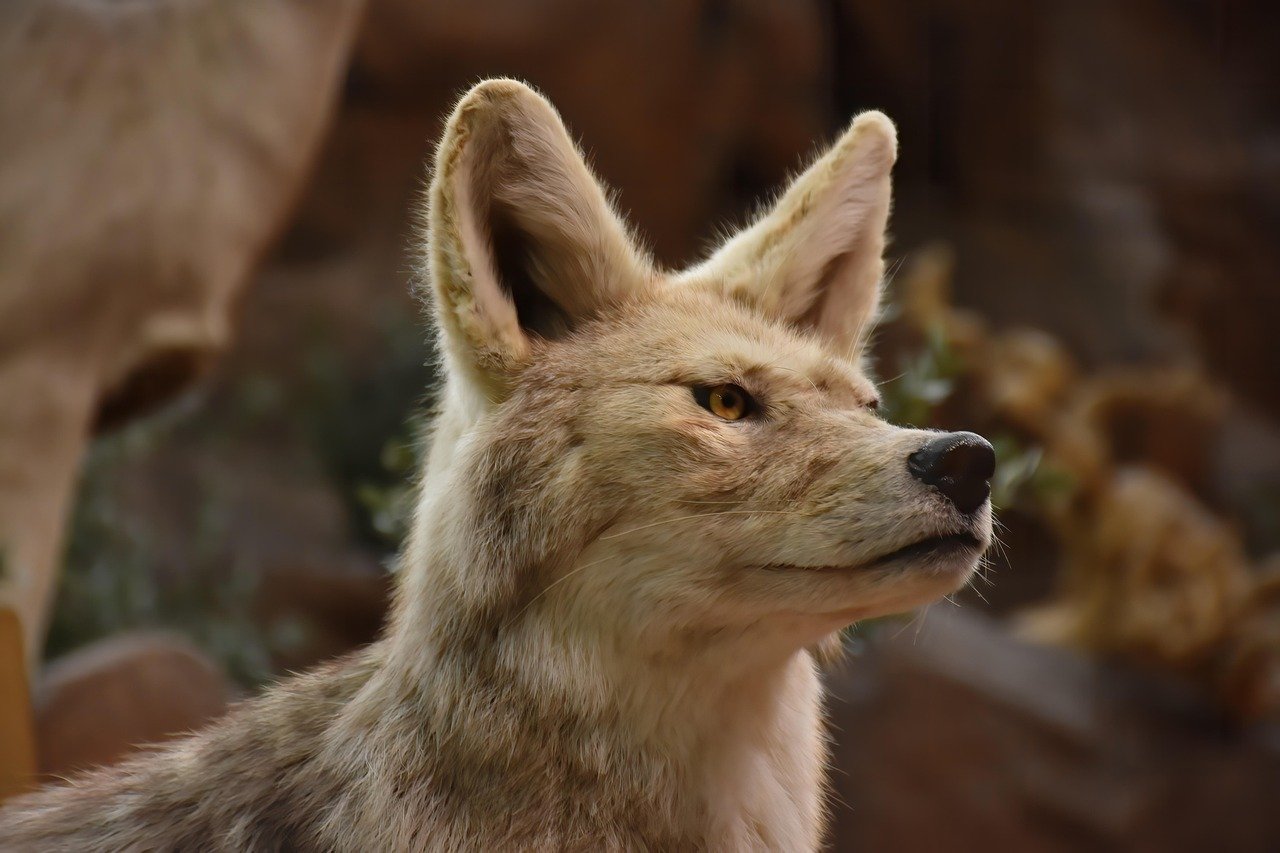
Yellowstone National Park is home to a complex and ever-changing ecosystem, where each species plays a vital role in maintaining balance. Among these, coyotes have emerged as key players in shaping the park’s Northern Range. As adaptable predators, they influence populations of smaller mammals, compete with other carnivores, and even affect vegetation by controlling prey numbers. While much attention has been given to Yellowstone’s wolves, the impact of coyotes is equally significant.
Coyotes are known for their adaptability and intelligence, traits that make them skilled hunters. In Yellowstone’s Northern Range, they primarily prey on small mammals such as rodents and rabbits. This predatory behavior helps control the population of these smaller animals, preventing overgrazing and maintaining the vegetation. By keeping the numbers of these prey in check, coyotes indirectly support plant diversity, which is essential for the overall health of the ecosystem. Imagine a gardener meticulously pruning plants to ensure they thrive; similarly, coyotes act as nature’s regulators, maintaining balance in the wild.
Influence on Scavenger Communities

Coyotes often leave behind carcasses from their hunts, providing a crucial food source for scavengers such as ravens and magpies. These leftover meals support a diverse array of scavenging species, contributing to the richness of the ecosystem. The presence of coyotes ensures that these scavenger communities have a steady food supply, further enhancing biodiversity in the park. Think of it as a community potluck where everyone gets a share of the feast, allowing different species to coexist and flourish together.
Impact on Larger Predators
The presence of coyotes in the Northern Range also influences larger predators like wolves and bears. While coyotes are smaller and less powerful, they often compete with these apex predators for food resources. This competition can lead to interesting dynamics, where coyotes either avoid areas dominated by wolves or adapt their hunting strategies to coexist. It’s a delicate dance of survival, where each predator finds its niche, ensuring that no single species dominates the landscape entirely.
Interactions with Ungulates
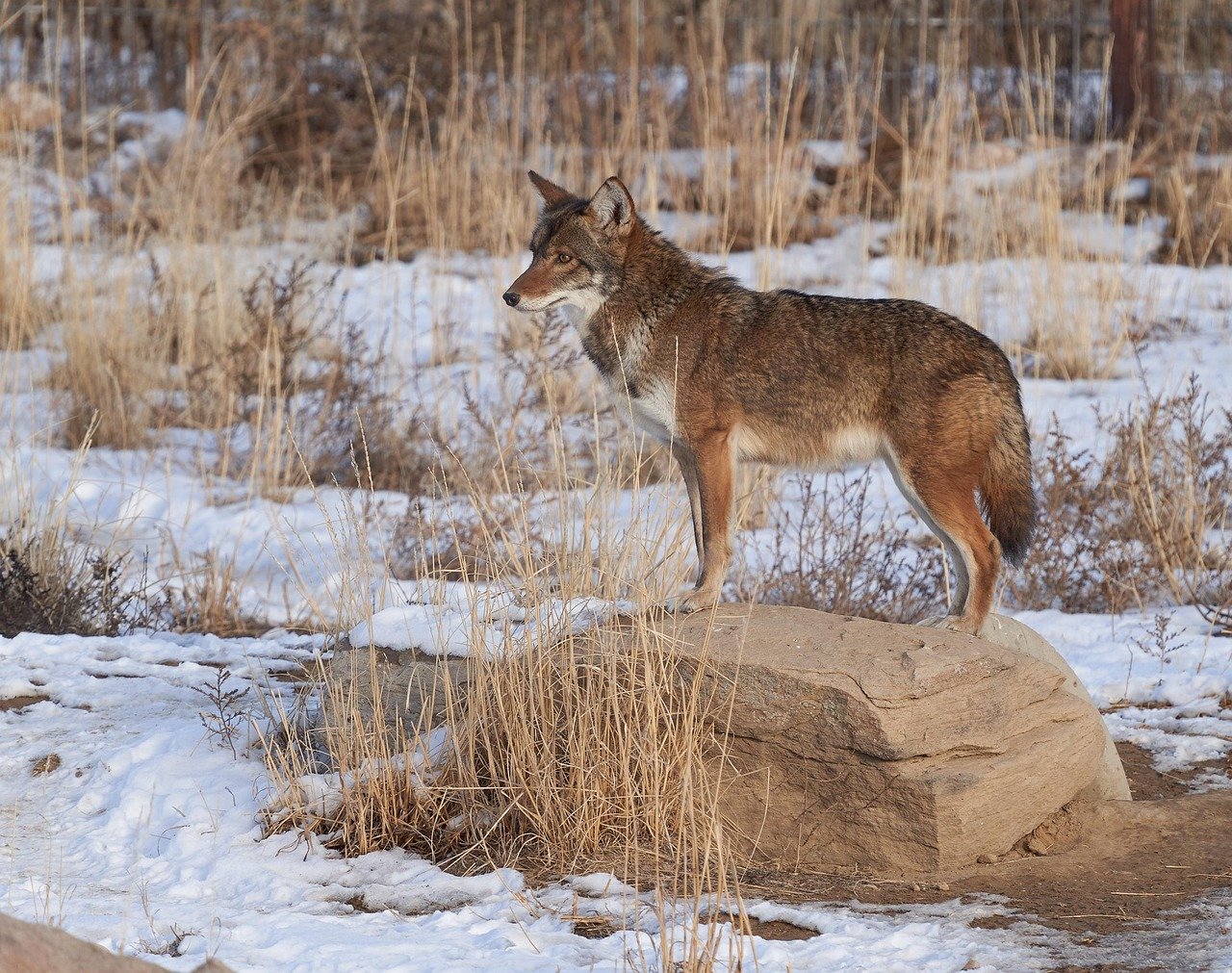
Coyotes occasionally prey on young ungulates, such as elk calves, especially during the spring birthing season. This predation has an impact on the ungulate population, influencing their numbers and behavior. By preying on the young, coyotes contribute to the natural selection process, ensuring that only the strongest and most fit individuals survive. This interaction maintains the health and vitality of ungulate populations, allowing them to thrive in the challenging environment of Yellowstone.
Effects on Vegetation and Landscape

The indirect impact of coyotes on vegetation is profound. By controlling the population of herbivorous prey, coyotes prevent overgrazing, allowing plants to grow and regenerate. This, in turn, supports a diverse range of plant species that provide habitat and food for other wildlife. It’s like a domino effect, where the actions of one species ripple through the ecosystem, influencing everything from the smallest plants to the largest animals. The landscape of Yellowstone’s Northern Range is a living testament to this intricate web of life.
Adaptation and Survival Strategies
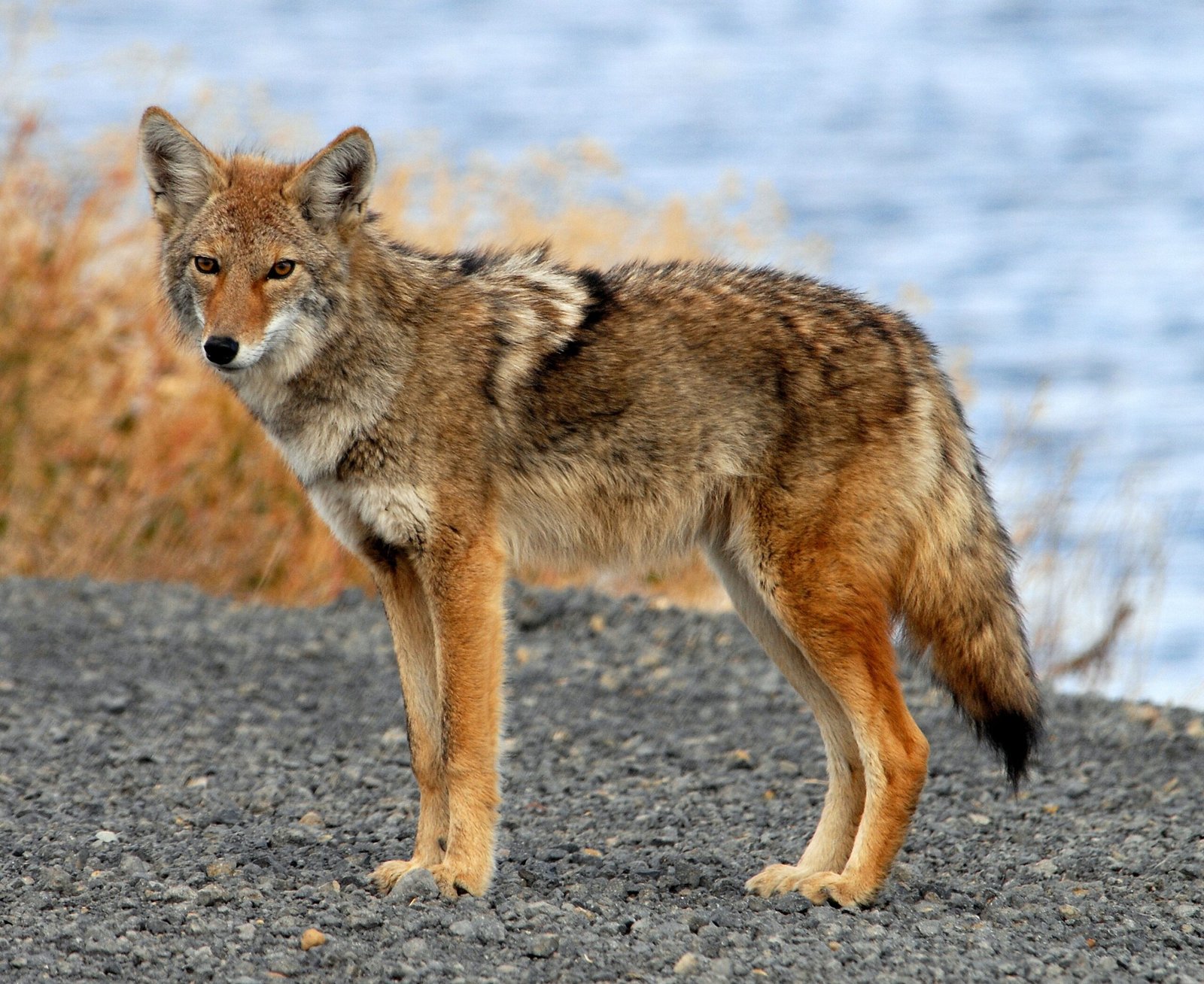
Coyotes are masters of adaptation, capable of thriving in various environments. In Yellowstone, they have developed unique survival strategies to cope with the harsh climate and competition from other predators. They often hunt in packs, using teamwork to take down larger prey, or employ solitary stealth for smaller catches. Their ability to adapt and innovate makes them a key player in the ecosystem, ensuring their survival in the ever-changing wilderness of Yellowstone.
Cultural Significance and Perception
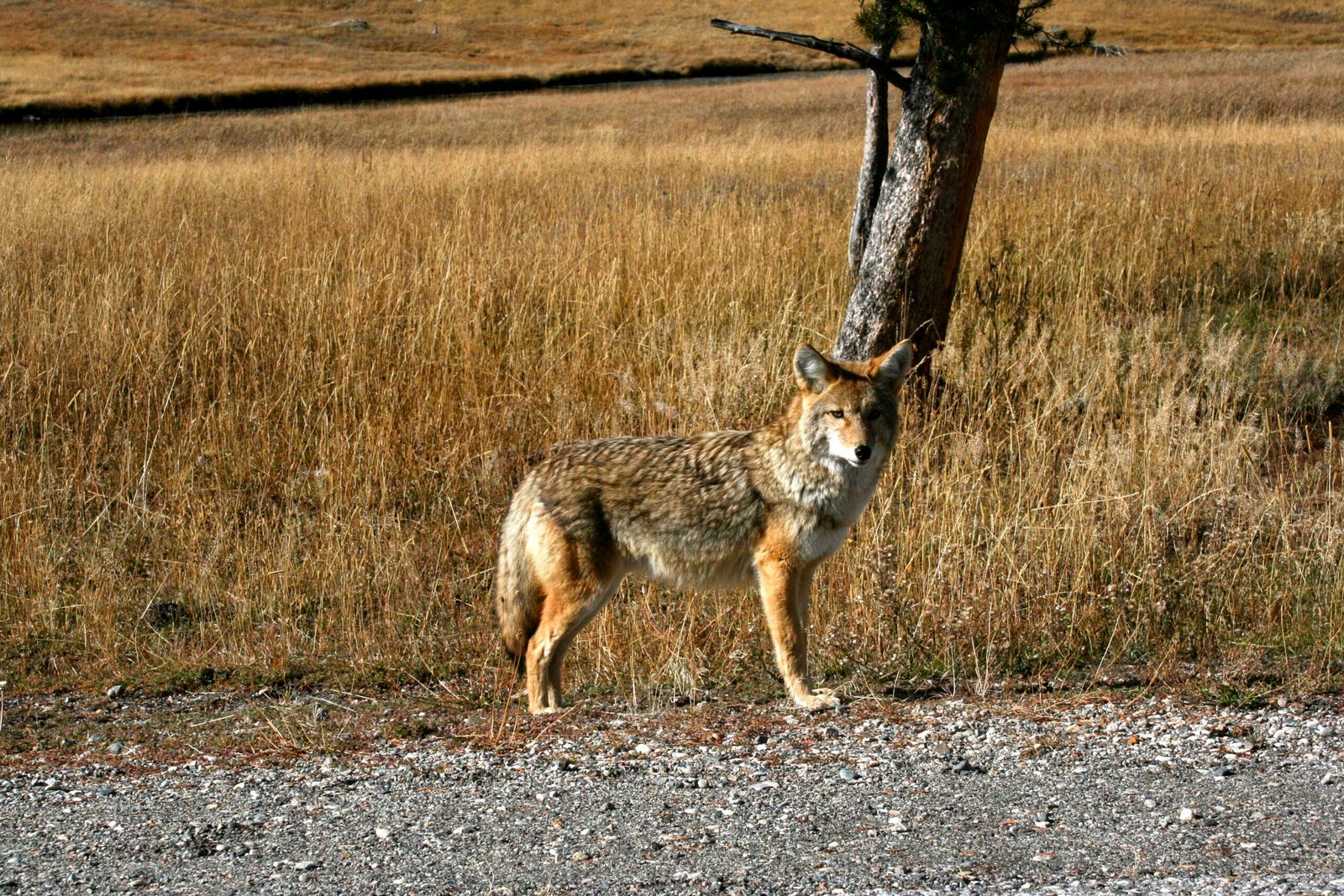
Coyotes have long held a place in the cultural narratives of Native American tribes, often symbolizing trickery and cunning. Their presence in Yellowstone is a reminder of the deep connection between wildlife and human culture. Animal lovers and visitors to the park are often captivated by the sight of these elusive creatures, appreciating the role they play in maintaining the natural balance. Coyotes are more than mere predators; they are a vital part of the cultural and ecological tapestry of Yellowstone.
The Future of Coyotes in Yellowstone
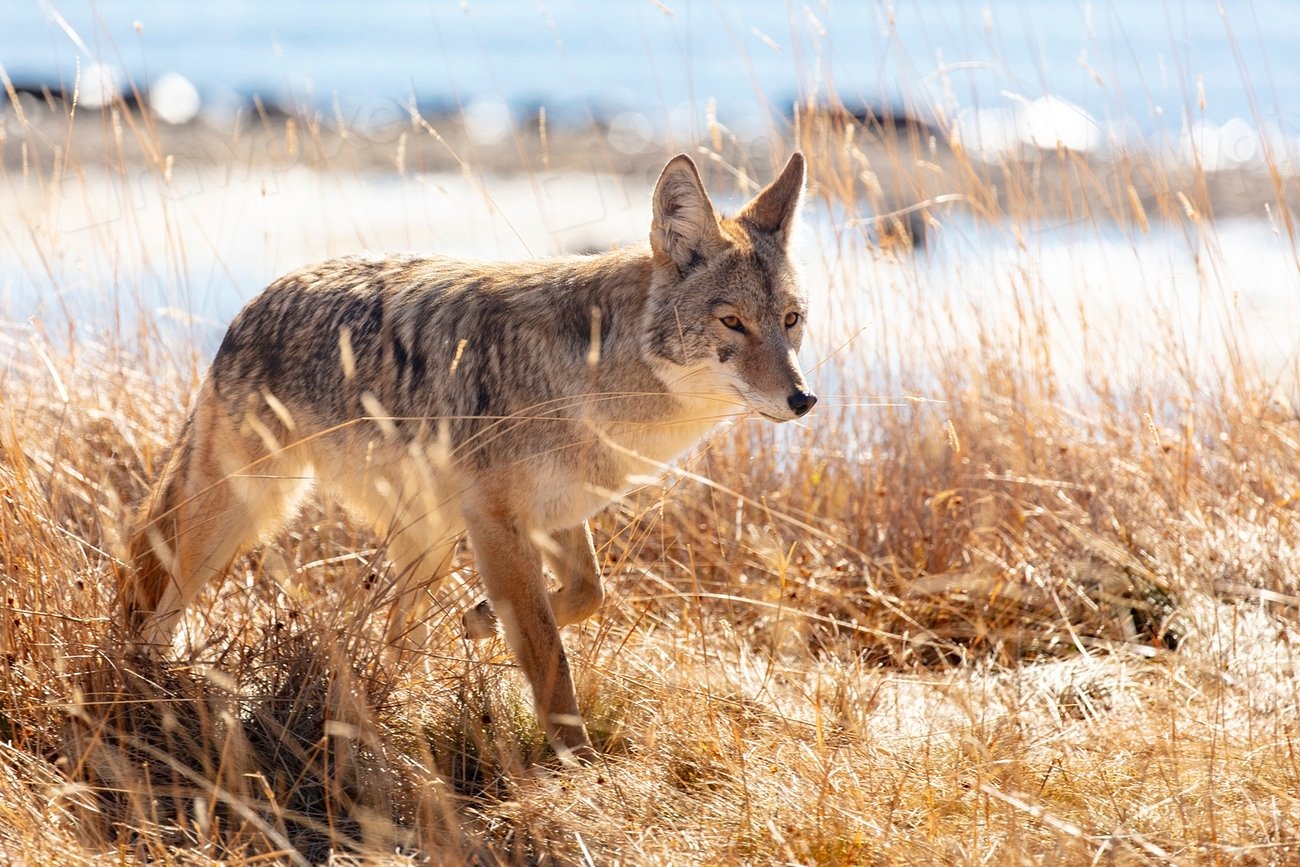
The future of coyotes in Yellowstone’s Northern Range is a topic of ongoing research and interest. As climate change and human activities continue to alter the landscape, the adaptability of coyotes will be tested. Their ability to thrive in changing conditions will determine their continued impact on the ecosystem. Conservation efforts and scientific studies are essential to understanding and managing the role of coyotes, ensuring that they remain a vital part of Yellowstone’s natural heritage.
Coyotes are an integral part of the ecological fabric of Yellowstone’s Northern Range. Their presence influences the dynamics of predator-prey relationships, supports biodiversity, and contributes to the cultural richness of the area. By understanding and appreciating the role of coyotes, we gain insight into the complex and interconnected web of life in one of the world’s most iconic national parks.

Esther is from India; the heartbeat of South Asia, holding a Master’s degree in Zoology and a postgraduate diploma in Animal Welfare. Her enthusiasm for animal welfare drives her passion and dedication to working for animals, ensuring their well-being, and advocating for their rights. With a solid academic background and hands-on experience, she is committed to making a positive impact in the field of animal welfare. In her free time, she enjoys embroidery and sewing. As a Chennaite from Tamil Nadu, Esther loves Bharathanatyam, an Indian classical dance form.

